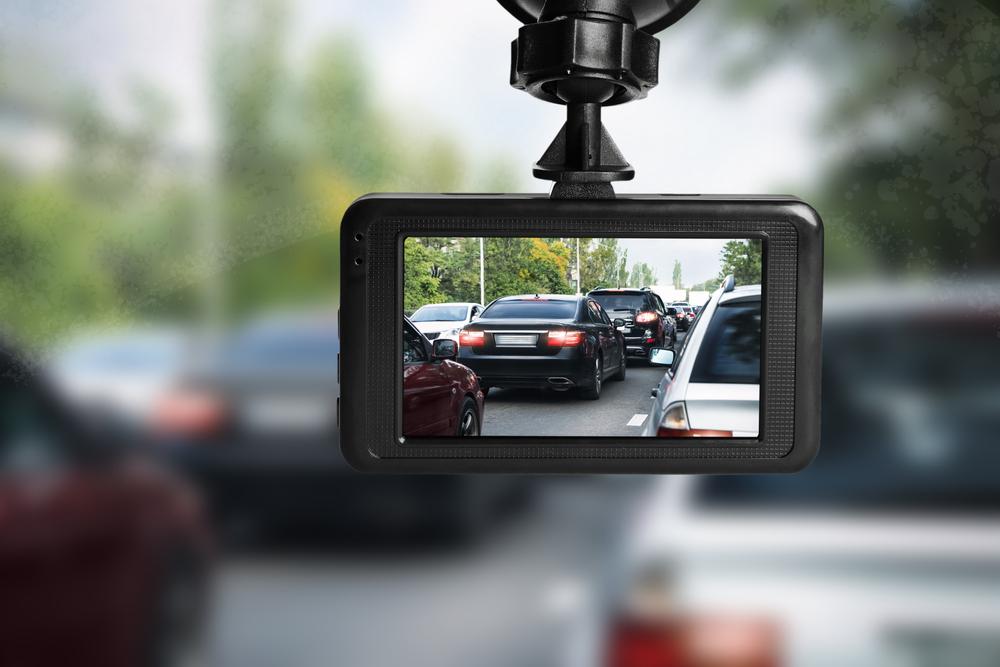Police in the Australian Capital Territory (ACT) have issued 25 fines after receiving dashcam footage from the public.
So far, police have received 132 online dangerous driving reports, and fined 25 people with traffic infringement notices.

Police in the Australian Capital Territory (ACT) have issued 25 fines after receiving dashcam footage from the public.
So far, police have received 132 online dangerous driving reports, and fined 25 people with traffic infringement notices.